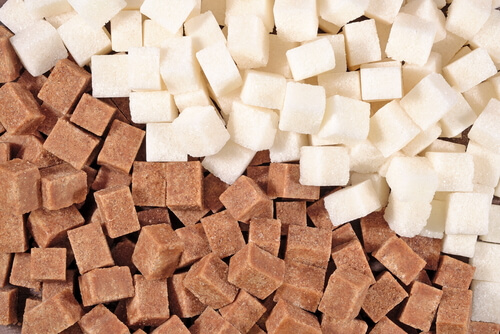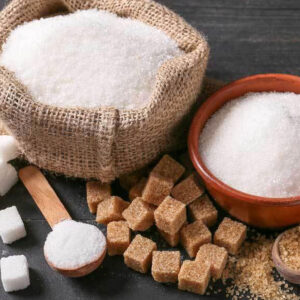Food companies consider beet sugar vs cane sugar when choosing sweeteners for different recipes.
Discover the Uses and Advantages of Beet Sugar Vs Cane Sugar in Your Daily Diet
Discovering the unique high qualities of beet and cane sugar discloses more than simply their sweetening capacities; it highlights their one-of-a-kind effect on health and wellness and cookeries. Beet sugar, understood for its refined taste, is usually preferred in fragile desserts, whereas cane sugar, with its tip of molasses, includes richness to durable dishes. Each type holds its very own dietary profile and glycemic effects, inviting a much deeper understanding of their functions in a balanced diet and sustainable usage practices.
Beginning and Manufacturing Procedures of Beet and Cane Sugar

The distinct environments and dirt types needed for expanding sugar beets and sugarcane add to differences in their growing methods and geographical circulation, affecting the economics and sustainability of their manufacturing. beet sugar vs cane sugar.
Nutritional Comparison Between Beet Sugar and Cane Sugar
In spite of stemming from different plants, beet sugar and cane sugar are nutritionally really comparable, both largely containing sucrose. Each provides concerning 4 calories per gram, equating to roughly 16 calories per teaspoon. Structurally, both sugars are made up of roughly 99.95% sucrose, with marginal quantities of various other compounds like moisture and trace element, which do not substantially change their dietary profiles.

Inevitably, when choosing between beet sugar and cane sugar based upon dietary content alone, both offer identical advantages and drawbacks as they are essentially forms of the exact same particle-- sucrose, offering fast power without various other nutrients.
Influence On Health: Glycemic Index and Caloric Content
Checking out even more right into the impacts of beet sugar and like this cane sugar on wellness, it is crucial to consider their glycemic index and caloric material. The glycemic index (GI) of both beet and cane sugar is around 65, categorizing them as high-GI foods, which can create quick spikes in blood sugar levels.
Each sort of sugar consists of about 4 calories per gram, making their calorie web content equivalent. For those keeping an eye on caloric consumption, particularly when managing weight or metabolic wellness problems, recognizing this equivalence is vital (beet sugar vs cane sugar). Nonetheless, extreme usage of any high-calorie, high-GI food can contribute to health and wellness problems such as weight problems, heart problem, and insulin resistance.
Environmental and Economic Factors To Consider of Sugar Production
Beyond wellness influences, the manufacturing of beet and cane sugar also increases considerable ecological and economic problems. Sugar beet growing tends to call for cooler climates and has a reduced geographical footprint compared to sugar cane, which grows in exotic areas.
Additionally, making use of chemicals click this and fertilizers in both beet and cane sugar farming can result in dirt destruction and pollution, additional affecting biodiversity and neighborhood water bodies (beet sugar vs cane sugar). The choice in between growing sugar beet or cane typically pivots on local ecological conditions and financial elements, making the sustainability of sugar manufacturing a complex concern
Culinary Applications and Flavor Differences
While the ecological and economic aspects of sugar production are undoubtedly significant, the option between beet and cane sugar also influences culinary applications and taste profiles. Beet sugar, obtained from the sugar beet plant, is recognized for its extremely neutral taste.
Walking stick sugar, removed from sugarcane, often maintains molasses traces, which pass on a distinctive splendor and depth. This small molasses taste improves the complexity of baked goods, sauces, and marinades. It is particularly preferred in things where a sugar undertone is preferred, such as in brownies or gingerbread. Furthermore, the small variation in wetness content between beet and cane sugar can impact the appearance and consistency of advice recipes, making cane sugar a preferred option for details recipes that benefit from its distinct properties.

Conclusion
Finally, both beet and cane sugar have distinctive origins and manufacturing processes, supplying comparable dietary profiles with small differences in salt content and flavor. While their influence on health, especially concerning glycemic index and calories, is comparable, the selection in between them frequently comes down to ecological, financial elements, and specific cooking requirements. Understanding these facets can lead consumers in making notified choices that straighten with their health and wellness objectives and taste preferences.